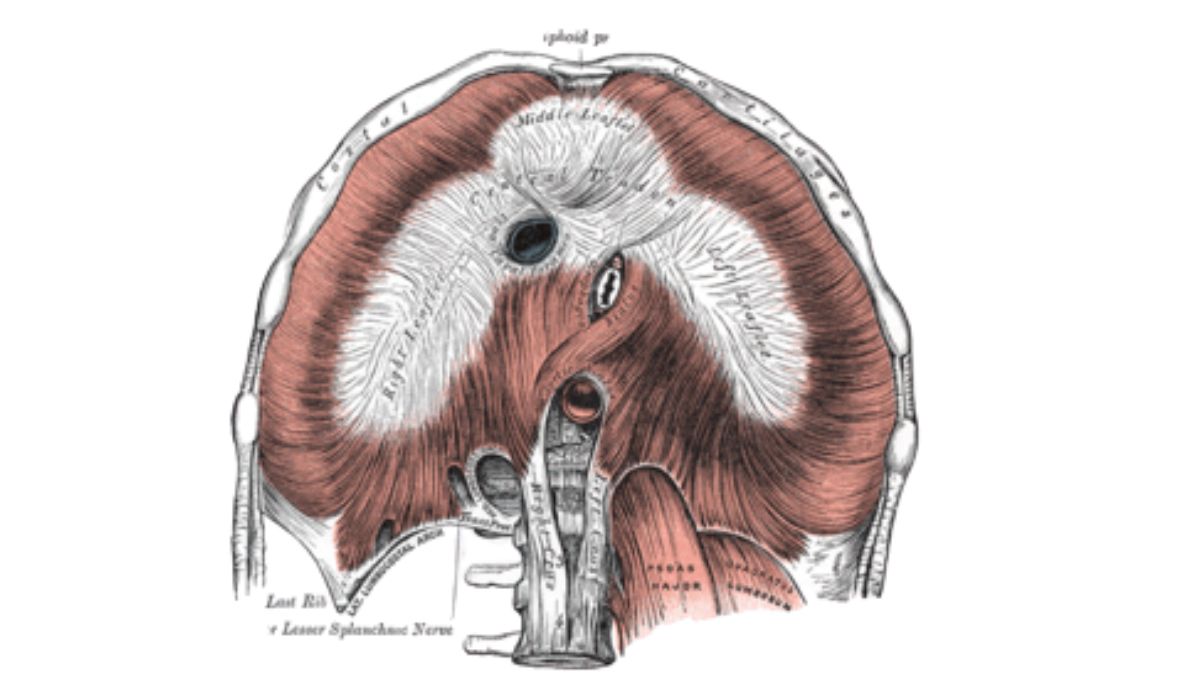Rare but excruciating, Median Arcuate Ligament Syndrome (MALS) affects the celiac artery. The median arcuate ligament, found close to the diaphragm, is to blame for this condition because it compresses the celiac artery. This page will cover the background of MALS as well as its symptoms, diagnosis, and treatment options.
Causes of MALS
Although the specific origin of MALS is uncertain, it is thought to result from the median arcuate ligament pressing on the celiac artery. The diaphragm and the spine are joined by the median arcuate ligament, a band of fibrous tissue. Too much tightness in this ligament can result in celiac artery compression, leading to MALS symptoms.
Some other possible causes of MALS include
- Genetic predisposition: It is possible that some persons are more genetically predisposed to develop MALS than others.
- Abnormal anatomy: Compression of the celiac artery might result from an abnormal location of the median arcuate ligament.
- Trauma: Compression of the celiac artery can result from an injury to the abdomen or chest that causes the median arcuate ligament to tighten.
Symptoms of MALS
Depending on how far along MALS has progressed, there may be a wide range of symptoms. Symptoms that are fairly prevalent include:
- Abdominal pain: Abdominal discomfort, which may be severe and persistent, is a hallmark of MALS.
- Nausea and vomiting: Nausea and vomiting are symptoms experienced by some patients with MALS.
- Weight loss: Some persons with MALS experience weight loss due to the chronic stomach pain they endure.
- Diarrhea: Diarrhea is a possible symptom of MALS.
- Fatigue: Fatigue and weakness are common side effects of MALS due to the disease’s many painful symptoms.
Diagnosis of MALS
MALS can be difficult to diagnose because its symptoms overlap with those of other diseases. However, MAL’S can be diagnosed with a battery of tests, including:
- Doppler ultrasound: The blood flow in the celiac artery can be measured with this non-invasive technique.
- CT angiography: In order to visualize the abdominal blood arteries clearly, a contrast dye is injected, and then a CT scan is performed.
- Magnetic resonance angiography (MRA): This procedure generates high-resolution pictures of abdominal blood arteries using a magnetic field and radio waves.
Treatment options for MALS
How severe the disease is and how severe the symptoms are will determine the course of treatment. Typical methods of treatment include:
- Medications: Prescription painkillers and anti-nausea drugs may be recommended.
- Dietary changes: Modifying one’s diet to include more frequent, smaller meals may help some persons with MAL’S.
- Surgery: Surgery to release pressure on the celiac artery may be required in extreme situations. The median arcuate ligament is divided during surgery to relieve strain on the celiac artery.
A person’s quality of life can be severely diminished by MAL’S, despite the fact that it is quite uncommon. As a result, if you have persistent stomach pain or any of the other symptoms of MAL’S, you should consult a doctor.
In addition to the above treatments, people with MAL’S can also make adjustments to their lifestyle that will help them better manage their symptoms and maintain or perhaps enhance their health. Examples of such things could be:
- Exercise: Exercising on a regular basis is good for your health in many ways, including lowering your stress levels, increasing your blood flow, and boosting your mood.
- Stress management: The negative mental and emotional effects of living with chronic pain are well-documented. Meditation, deep breathing, and yoga are just few of the stress management strategies that have been shown to be effective.
- Smoking cessation: The symptoms of MAL’S can be made worse by smoking, and the risk of complications can be raised. When a person stops smoking, their health and symptoms improve.
It’s important to communicate openly and frequently with your doctor as you create a treatment plan that fits your unique circumstances. Many patients with MAL’S can benefit greatly from improved symptom management, leading to longer, healthier lives.
Conclusion
In sum, MAL’S is a very unusual disease that impacts the celiac artery. Diagnosing the condition that causes chronic stomach discomfort and other symptoms can be difficult. However, MAL’S may be diagnosed by a battery of tests, and there are treatments available to help patients manage their symptoms and enhance their quality of life.
Rare but excruciating, MAL’S damages the celiac artery and is a medical emergency. Although the root of MAL’S remains a mystery, there are effective ways of alleviating its symptoms and extending a person’s life. You should consult a doctor if you have persistent stomach discomfort or any of the other symptoms of MAL’S, and you and your doctor should collaborate closely to find the best course of treatment for you.











